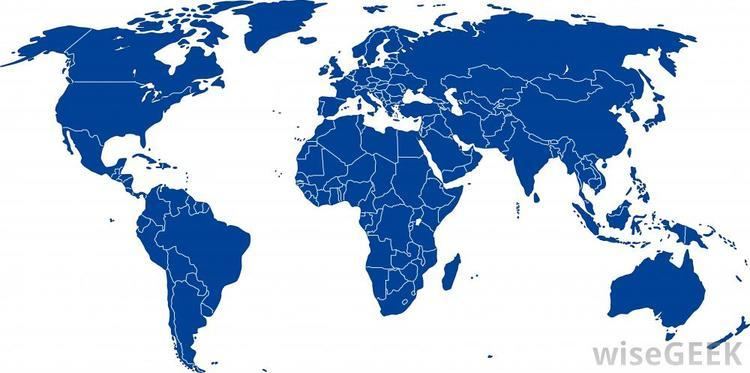 | ||
The free world official trailer 1 2016 elisabeth moss movie
The Free World is a term for the non-communist countries of the world that originated in the Cold War–era. The concept included countries such as the United States, the United Kingdom, Italy, France, Canada, West Germany, Australia, New Zealand and countries belonging to organizations such as the European Community and NATO. More broadly, it was taken to include all non-communist countries.
Contents
- The free world official trailer 1 2016 elisabeth moss movie
- Free world mark angel comedy episode 53
- Origins
- Recent usage
- Leader of the Free World
- References
Free world mark angel comedy episode 53
Origins
During World War II, the Allied powers viewed themselves as opposing the oppression and fascism of the Axis powers, thus making them "free". Following the end of World War II, the Cold War conception of the "Free World" included only capitalist particularly anti-communist states as being "free" and having such freedoms as free speech, free press, freedom to protest and freedom of association.
In World War II, the term free world was used to refer to the nations fighting against the Axis Powers. During World War II the term free countries was used to identify the western allies. During the Cold War, the term referred to the allies of the United States. In both cases, the term was used for propaganda purposes.
During the Cold War, many neutral countries, namely those in what is considered the Third World, or those having no formal alliance with either the United States or the Soviet Union, viewed the claim of "Free World" leadership by the United States as grandiose and illegitimate. The phrase has also been used in a negative manner, usually in an anti-American context, by those who do not approve of either United States foreign policy, or the United States as a whole.
One of the earliest uses of the term Free World as a politically significant term occurs in Frank Capra's World War II propaganda film series Why We Fight. In Prelude to War, the first film of that series, the "free world" is portrayed as a white planet, directly contrasted with the black planet called the "slave world". The film depicts the free world as the Western Hemisphere, led by the United States and Western Europe, and the slave world as the Eastern Hemisphere, dominated by Nazi Germany and the Japanese Empire.
Recent usage
Although the "Free World" had its origins in the Cold War, the phrase is still occasionally used after the end of the Cold War and during the War on Terror. Samuel P. Huntington says the term has been replaced by the concept of the World community, which, he argues, "has become the euphemistic collective noun (replacing "the Free World") to give global legitimacy to actions reflecting the interests of the United States and other Western powers."
Leader of the Free World
The "Leader of the Free World" is a colloquialism, first used during the Cold War, to describe either the United States or, more commonly, the President of the United States of America. The term when used in this context suggests that the United States is the principal democratic superpower, and the U.S. President is by extension the leader of the world's democratic states, i.e. the "Free World". The phrase has its origin in the late 1940s and became more widely used in the early 1950s. It was heavily referenced in American foreign policy up until the dissolution of the Soviet Union in December 1991, and has since fallen out of use, in part due to its usage in rhetoric critical of American policy.
The use of the phrase is not exclusive to American leaders. Upon her being declared the 2015 Time Person of the Year, Time proclaimed German Chancellor Angela Merkel to be the "Chancellor of the Free World."
